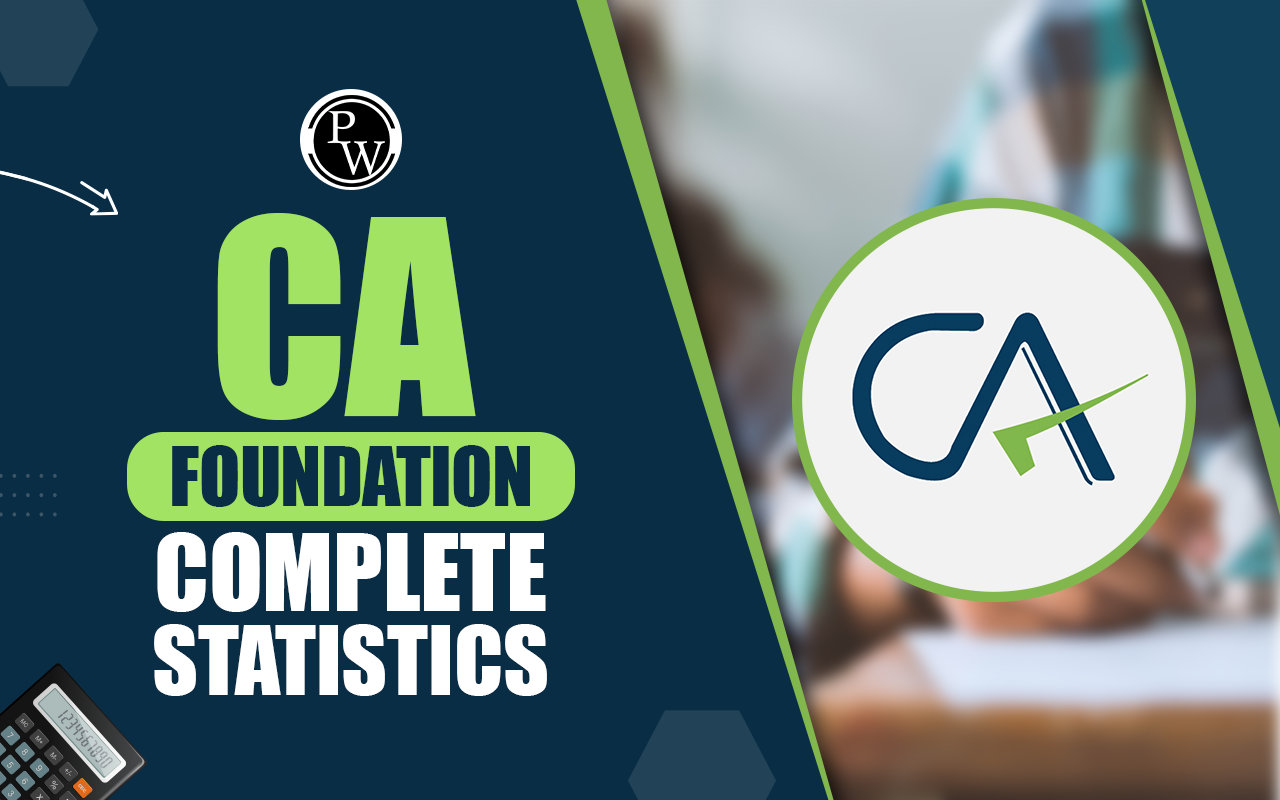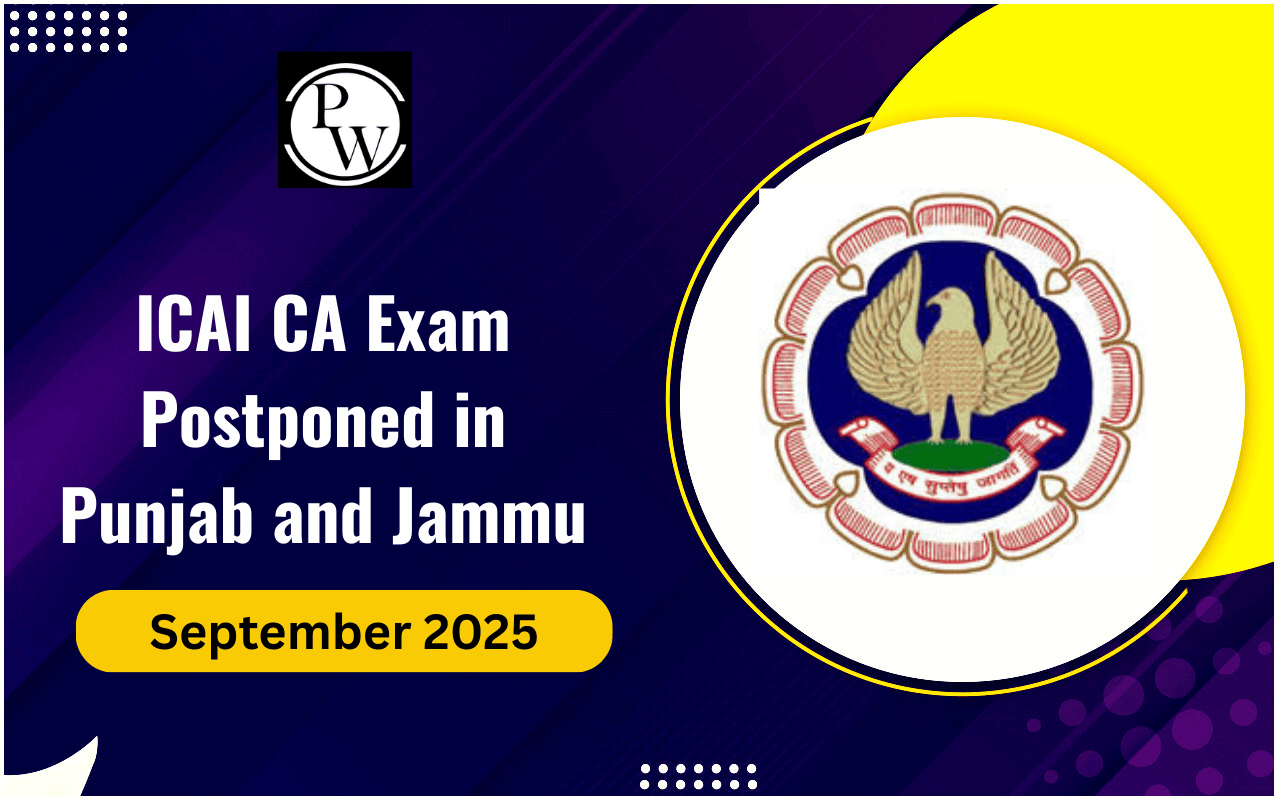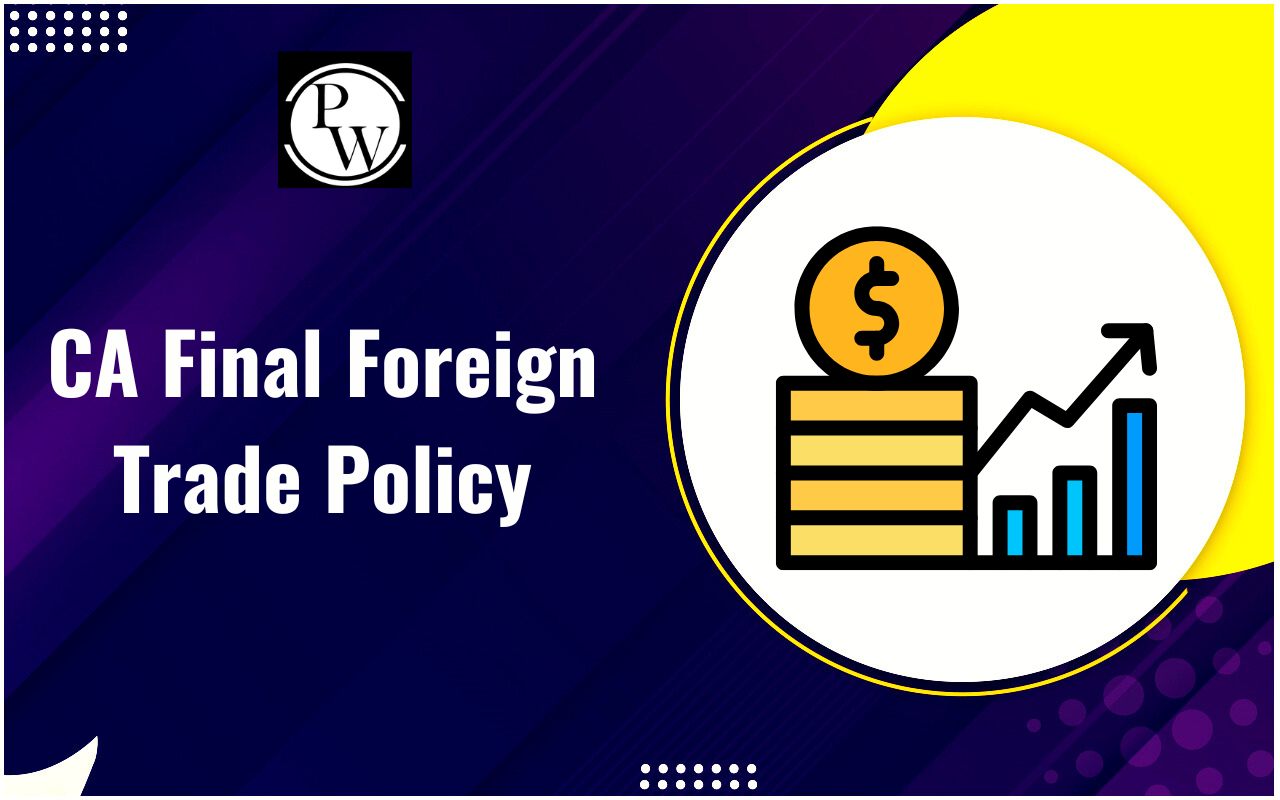
GST Input Tax Credit Rule: The government implemented a revised set-off procedure effective from March 29, 2019, to streamline the allocation of Integrated Goods and Services Tax (IGST) credits. These updated regulations were designed to minimize the accumulation of unutilized IGST credits and ensure a balanced distribution between the Central and state authorities.
However, working capital needs could increase if businesses need to grasp this mechanism and utilize the set-off efficiently. Therefore, it is crucial to comprehend the sequence of using input tax credits, strategies for optimal utilization, and the resulting impact on business operations.GST Input Tax Credit Rule Overview
The GST Input Tax Credit (ITC) rule is a fundamental aspect of the Goods and Services Tax (GST) system, aiming to alleviate the cascading effect of taxes and promote a seamless flow of credit across the supply chain. Essentially, ITC enables businesses to claim a credit for the taxes they've paid on their purchases, which they can offset against the taxes collected on their sales. This ensures that tax is levied only on the value addition at each stage of the supply chain, preventing the taxation of taxes. To be eligible to claim ITC, a taxpayer must be a registered entity under the GST regime and should utilize the goods or services acquired for business purposes or to further their taxable supplies. There are specific conditions for claiming ITC, including ensuring that the supplier is GST-compliant and has correctly deposited the tax collected from the recipient to the government. The recipient must have received the goods or services, possess a valid tax invoice or specified document, and have filed their GST returns. Under GST, there are different types of ITC, such as Central Tax (CGST), State Tax (SGST), Integrated Tax (IGST), and Union Territory Tax (UTGST), depending on the nature and location of the purchase. However, specific purchases, like motor vehicles, food and beverages, health services, etc., do not qualify for ITC and are termed blocked credits. ITC can be used to pay off tax liabilities for output supplies (sales). The order of utilization starts with using ITC of IGST to pay off IGST, and then CGST and SGST/UTGST in any order. If there's any excess ITC, it can be carried forward or claimed as a refund, providing flexibility to businesses. Furthermore, there's a time limit for claiming ITC. ITC for a particular financial year must be claimed by the due date for filing the GST return of September following the end of the financial year or filing the annual return, whichever comes earlier. Understanding and effectively utilizing the ITC provisions are essential for businesses to manage their tax liabilities and working capital efficiently within the GST framework. Always refer to the latest GST laws and regulations for accurate and updated information.Analysis of Recent Amendments in GST Input Tax Credit Rule
Budget 2023 Revisions- A modification in Section 16 mandates buyers to settle their invoice value, including GST, within 180 days from the invoice date. Failure to do so will require them to pay the claimed Input Tax Credit (ITC) amount plus interest under Section 50.
- Sections 37, 39, 44, and 52 are updated to limit taxpayers from filing GSTR-1, GSTR-3B, GSTR-9, and GSTR-8 for a tax period after three years from the due date.
- Section 17(5) sees an amendment, including expenditure on Corporate Social Responsibility (CSR) initiatives for corporates as ineligible ITC.
- Transactions like high sea sales, not falling under the goods or services category, are now exempt. Consequently, proportional ITC related to such sales cannot be claimed, per the revised Section 17(3).
- Schedule III undergoes an amendment with the addition of paras (7) and (8) and explanation (2), effective retrospectively from July 1, 2017.
- Amendment to Section 10 of the CGST Act allows businesses supplying goods through an e-commerce operator to opt for the composition scheme.
GST Input Tax Credit Rule: Conditions To Claim An Input Tax Credit
Section 16 of the CGST Act delineates the requisites for GST-registered buyers to assert Input Tax Credit (ITC). The conditions can be briefly summarized as follows:- Business Use Requirement : ITC is claimable only when purchased goods or services are utilized for business purposes, not personal use.
- Possession of Valid Documents : The buyer must possess a tax invoice, debit note, or any document validating payment towards the purchase. For instance, if Mr. Manoj wishes to claim a Rs. 5,600 ITC, he needs the invoice, and failure to receive it by the return filing date can hinder the claim.
- Inclusion in GSTR Forms : The supplier should report the tax invoice or debit note in Form GSTR-1 and reflect it in the buyer's Form GSTR-2B. The absence of such an entry in GSTR-2B inhibits the ITC claim.
- Provisional ITC Changes : Post 1st January 2022, temporary ITC claims (5% of actual ITC in GSTR-2B) are no longer permitted under Section 16(2)(aa). The ITC reported in GSTR-3B aligns with the existing ITC in GSTR-2B.
- Goods/Services Receipt : ITC can be claimed once goods/services are received. Goods are considered received upon supplier delivery, while services are upon supplier rendering.
- Timely GST Return Filing : The buyer needs to file GST returns using Form GSTR-3B.
- Payment Within 180 Days : Payment for goods/services should be made within 180 days from the invoice date. Failure to do so necessitates repaying the claimed ITC and Section 50 interest to the government.
- Depreciation Impact : ITC won't be allowed if depreciation is claimed on the tax component of a purchased capital good.
- Timely Claim Submission : ITC for a tax invoice or debit note must be claimed within the stipulated time limit per GST provisions.
- Allocation of Common Credit : Common credit of ITC needs to be identified and divided when used for exempt and taxable supplies and business and non-business activities.
- Blocked Credits : Certain items are ineligible for ITC claims, outlined in Section 17(5) of the CGST Act, referred to as blocked credits.
GST Input Tax Credit Rule: Time Limit to Claim an Input Tax Credit
The time limit for claiming GST Input Tax Credit Rule (ITC) against an invoice or debit note is determined by the earlier of the two dates provided below:- November 30 of the next financial year.
- The date of filing the annual returns in form GSTR-9 relating to that financial year.
- November 30
GST Input Tax Credit Rule: Who Can Claim ITC?
The table below summarizes the eligibility criteria and conditions that must be met for a person to claim an GST Input Tax Credit Rule (ITC).| Eligibility Criteria for Claiming ITC | Conditions to be Fulfilled |
| Possession of Tax Invoice | The dealer must possess a valid tax invoice for the goods/services. |
| Receipt of Goods/Services | The goods/services for which ITC is claimed must have been received. |
| Filed Returns | The taxpayer should have filed the necessary GST returns. |
| Payment of Tax by Supplier | The tax charged by the supplier must have been paid to the government. |
| Goods Received in Installments | ITC can only be claimed when the last lot of goods is received. |
| No Depreciation Claimed on Tax Component of a Capital Good | ITC cannot be claimed if depreciation has been claimed on the tax component of a capital good. |
| Not Registered under Composition Scheme in GST | Taxpayers registered under the composition scheme are not eligible to claim ITC. |
GST Input Tax Credit Rule: How to Claim ITC?
Regular GST taxpayers are required to report their Input Tax Credit (ITC) amount in their monthly GST returns using Form GSTR-3B. GSTR-3B mandates the summary figures of eligible ITC, ineligible ITC, and ITC reversed during the specific tax period. Taxpayers can claim ITC on a provisional basis in GSTR-3B, limited to 20% of the eligible ITC reported by suppliers in the auto-generated GSTR-2A return. Taxpayers must verify the figures in GSTR-2A before filing GSTR-3B to ensure accuracy. Previously, taxpayers could claim any provisional ITC until October 9, 2019. However, the Central Board of Indirect Taxes and Customs (CBIC) notified a change from October 9, 2019, onwards. Now, taxpayers can claim a maximum of 20% of the eligible ITC available in GSTR-2A as provisional ITC. Consequently, the ITC reported in GSTR-3B from October 9, 2019, is the total of actual ITC in GSTR-2A and provisional ITC, which is 20% of the existing eligible ITC in GSTR-2A. Ensuring alignment between the purchase register or expense ledger with GSTR-2A has become vital to adapting to this updated process.GST Input Tax Credit Rule: Documents Required for Claiming ITC
To claim an GST Input Tax Credit Rule , the necessary documents are:- Supplier's Invoice for Goods/Services: A valid invoice issued by the supplier for the goods or services.
- Debit Note from Supplier (if applicable): If the supplier has issued a debit note to the recipient, it should be available.
- Bill of Entry: Relevant in the case of imported goods.
- Special Circumstances Invoice: Invoices issued under specific conditions, such as a bill of supply instead of a tax invoice for amounts below Rs 200 or in situations where a reverse charge is applicable as per GST law.
- Invoice or Credit Note from Input Service Distributor (ISD): An invoice or credit note issued by the Input Service Distributor (ISD) by GST invoice rules.
- Bill of Supply: A bill of supply issued by the supplier is required for goods and services.
GST Input Tax Credit Rule: The Amended Law on Order of ITC Set-Off
CGST Circular No. 98/17/2019, issued on April 23, 2019, clarified the sequence for utilizing Input Tax Credit (ITC) for each tax category. The circular highlighted that until Rule 88A of the CGST Rules was implemented on the GST portal, taxpayers were required to follow the facility provided on the GST portal up to July 2019. The said facility became accessible starting in July 2019 and returning onwards. Let's examine the two sections introduced in the CGST Act through amendments:- Section 49A: Despite the provisions of section 49, the ITC for central tax, State tax, or Union territory tax shall be used first for the payment of integrated tax, central tax, State tax, or Union territory tax, respectively, only after the ITC available for integrated tax has been thoroughly utilized for such payments.
- Section 49B: Regardless of the provisions in this Chapter and subject to the stipulations of clause (e) and clause (f) of sub-section (5) of section 49, the government, based on the Council's recommendations, can prescribe the sequence and method for using ITC for integrated tax, central tax, State tax, or Union territory tax towards the payment of any such tax.
- Rule 88A: Order of utilization of input tax credit: The ITC on account of integrated tax should initially be utilized for the payment of integrated tax, and any remaining amount, if applicable, can be used for the payment of central tax and State tax or Union territory tax, in any order. It's important to note that the ITC on account of central tax, State tax, or Union territory tax should only be used after fully utilizing the ITC available for integrated tax.
| Input Tax Credit on Account of | Output Liability on Account of Integrated Tax | Output Liability on Account of Central Tax | Output Liability on Account of State Tax |
| Central Tax (V) | (IV) | Not permitted | N/A |
| Integrated Tax (I) | (II) – In any order in any proportion | (III) Input Tax Credit on Account of Integrated Tax to be completely exhausted mandatorily | N/A |
| State Tax/Union Territory Tax (VII) | Not permitted | N/A | (VI) |
GST Input Tax Credit Rule: What is the Maximum ITC Eligible for Offsetting GST Liability?
Starting January 1, specific taxpayers are limited in utilizing the ITC balance from the electronic credit ledger to cover a maximum of 99% of the tax liability for a tax period. This implies that at least 1% of the tax liability must be paid using cash. This rule applies to taxpayers with a monthly value of taxable supplies exceeding Rs. 50 lakhs (excluding exempt or zero-rated supplies). However, certain taxpayers are exempt from this limitation:- Registered taxpayers who have paid more than Rs. 1 lakh as income tax in the last two financial years, either for themselves, their proprietor, two partners, managing director, trustee, or board members, in belated IT returns.
- Registered taxpayers who have received more than Rs. 1 lakh as a refund of unutilized input tax credit under GST due to zero-rated supplies or an inverted tax structure.
- Registered taxpayers who have paid over 1% of their GST liability using only their electronic cash ledger for all tax periods in the current financial year.
- Government departments, PSUs, local authorities, statutory bodies, etc.
GST Input Tax Credit Rule: Updates on the GST Portal
The GST portal has been updated with validations reflecting the changes in the rules since July.GST Input Tax Credit Rule: Impact on Businesses
Let's delve into how these changes directly affect your business. The revised GST offset rules necessitate the complete utilization of IGST input credit before accessing the CGST or SGST input credit. We can observe that the taxpayer has a higher credit due to interstate purchases than intrastate purchases. Consequently, when sales predominantly occur within the state compared to outside the state, more IGST input credit accumulates. If this credit isn't utilized effectively, it can lead to a tie-up of working capital. The taxpayer is effectively postponing the utilization of the respective CGST or SGST credit balance, leading to a blockage of working capital over an extended period. Alternatively, the taxpayer might wait for a future scenario where their interstate sales (IGST liability) outweigh intrastate sales to consume the CGST or SGST balance credit entirely carried forward. Utilizing the available credit in equal proportions of CGST and SGST can help the taxpayer evade tax payment and the subsequent blockage of working capital. However, from the government's perspective, this new provision is an immediate step to ensure a seamless distribution of IGST revenue. Key Takeaway: The GST portal allows taxpayers to manually offset input tax credits against output liabilities. It is advisable for taxpayers to judiciously utilize the available ITC by allocating credits prudently each tax period. If optimized effectively, the new offset mechanism does not inherently lead to additional working capital requirements compared to the old tool. Moreover, when carrying forward credits, it is prudent to strike a balance and retain equal credits in both the CGST and SGST/UTGST ledgers to optimize credits in the future. The simplest way to achieve this is by utilizing the IGST credits for IGST liability and then evenly using the remaining IGST credits for CGST/SGST credits. If businesses overlooked this in the last two months, they could rectify it in the next month to maintain an equilibrium in both CGST/SGST credit ledgers in case of excess ITC availability and continue this practice after that.GST Input Tax Credit Rule: Items Ineligible for Input Tax Credit (ITC)
Input tax credit cannot be claimed in the following cases: Motor Vehicles and Conveyances:-
Motor vehicles with a seating capacity of 13 persons or less (including the driver), goods transport agencies, vessels, and aircraft, except in specific cases:
- When these vehicles and conveyances are further supplied (sold).
- When used for transportation of passengers and goods.
- When used for imparting training on driving, flying, and navigating such vehicles or conveyances.
-
- Services of general insurance, servicing, repair, and maintenance relating to motor vehicles, vessels, or aircraft.
- Food and beverages, outdoor catering, beauty treatment, health services, cosmetic and plastic surgery, unless used to provide the same services category or as part of a composite supply.
- Membership in a club, health, and fitness center.
-
Rent-a-cab, health insurance, and life insurance, except in specific cases:
- When government mandates employers to provide it to their employees by law (e.g., mandatory cab services for female staff during night shifts).
-
- When used for the same services category or as part of a composite supply.
- Leasing, renting, or hiring motor vehicles, vessels, or aircraft, except in specific cases.
- Works contract service for constructing an immovable property (except for plant & machinery or providing a further supply of works contract service).
- Goods and services for constructing an immovable property for personal or business use.
- Goods and services where tax has been paid under the composition scheme.
- Goods and services used for personal use.
- Goods or services received by a non-resident taxable person (except for certain imported goods).
- Goods are lost, stolen, destroyed, written off, disposed of by gift, or provided as free samples.
- ITC is unavailable if tax is paid due to non-payment or short tax payment, excessive refund, or fraudulent activities.
- Standalone restaurants charging 5% GST cannot claim ITC on inputs.
- Expenditure on Corporate Social Responsibility (CSR) initiatives by corporates.
GST Input Tax Credit Rule FAQs
What is the Input Tax Credit (ITC) in GST?
Input Tax Credit (ITC) is a mechanism that allows a GST-registered business to claim a credit for the GST it has paid on the purchase of goods and services. This credit can offset the GST liability on the supply of goods and services.
Who can claim the Input Tax Credit (ITC)?
A registered business under GST can claim ITC on purchases made for furtherance of business, subject to compliance with GST laws and regulations.
Can ITC be claimed for all types of purchases?
ITC can be claimed for purchases used for business purposes and to make taxable supplies. However, there are specific exclusions and conditions, and ITC is not allowed for goods and services used for personal consumption or specific blocked credits.
What are 'Blocked Credits' in GST?
'Blocked Credits' are categories of purchases for which ITC cannot be claimed. This includes motor vehicles, food and beverages, club membership, health services, and more. GST laws specify the list of blocked credits.
Is there a time limit to claim ITC?
Yes, ITC must be claimed within a specific time frame. As per GST law, ITC for a financial year must be claimed by the due date of September following the end of the financial year or filing of the annual return, whichever is earlier.
Talk to a counsellorHave doubts? Our support team will be happy to assist you!

Check out these Related Articles
Free Learning Resources
PW Books
Notes (Class 10-12)
PW Study Materials
Notes (Class 6-9)
Ncert Solutions
Govt Exams
Class 6th to 12th Online Courses
Govt Job Exams Courses
UPSC Coaching
Defence Exam Coaching
Gate Exam Coaching
Other Exams
Know about Physics Wallah
Physics Wallah is an Indian edtech platform that provides accessible & comprehensive learning experiences to students from Class 6th to postgraduate level. We also provide extensive NCERT solutions, sample paper, NEET, JEE Mains, BITSAT previous year papers & more such resources to students. Physics Wallah also caters to over 3.5 million registered students and over 78 lakh+ Youtube subscribers with 4.8 rating on its app.
We Stand Out because
We provide students with intensive courses with India’s qualified & experienced faculties & mentors. PW strives to make the learning experience comprehensive and accessible for students of all sections of society. We believe in empowering every single student who couldn't dream of a good career in engineering and medical field earlier.
Our Key Focus Areas
Physics Wallah's main focus is to make the learning experience as economical as possible for all students. With our affordable courses like Lakshya, Udaan and Arjuna and many others, we have been able to provide a platform for lakhs of aspirants. From providing Chemistry, Maths, Physics formula to giving e-books of eminent authors like RD Sharma, RS Aggarwal and Lakhmir Singh, PW focuses on every single student's need for preparation.
What Makes Us Different
Physics Wallah strives to develop a comprehensive pedagogical structure for students, where they get a state-of-the-art learning experience with study material and resources. Apart from catering students preparing for JEE Mains and NEET, PW also provides study material for each state board like Uttar Pradesh, Bihar, and others
Copyright © 2025 Physicswallah Limited All rights reserved.










